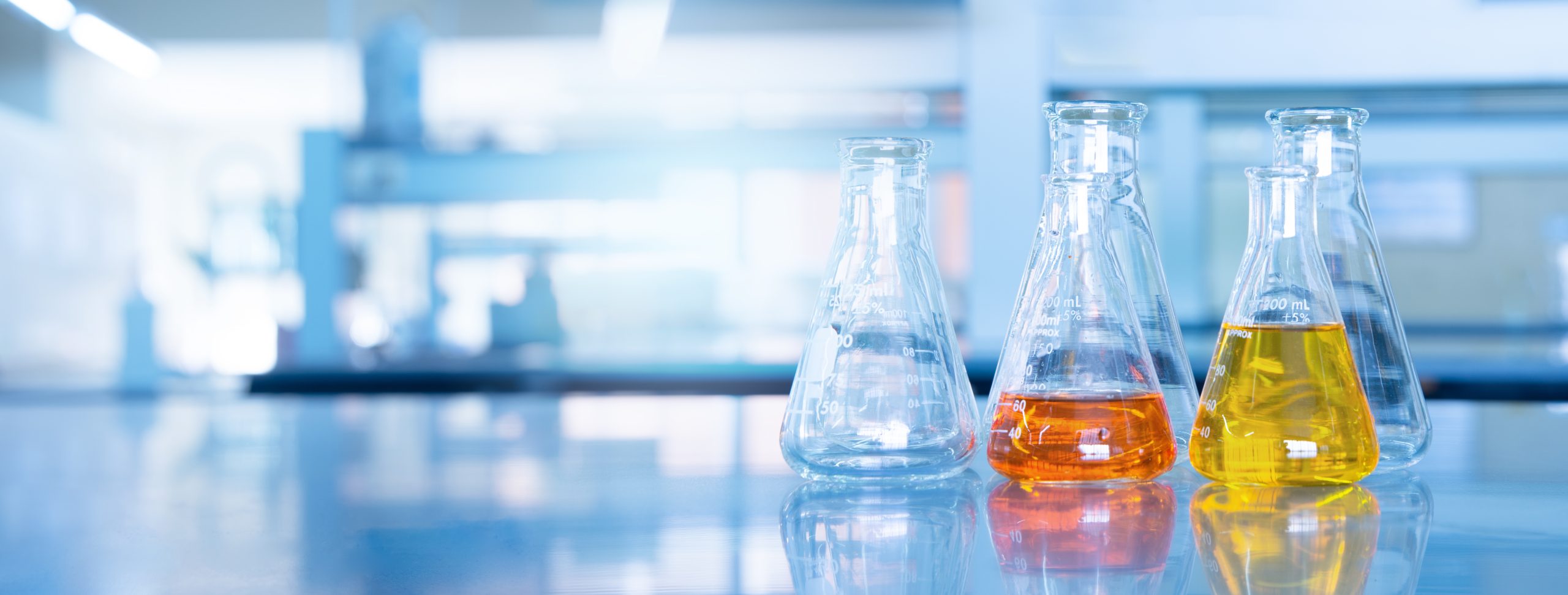Диаллил трисульфид

Характеристики
| Пункт | Показатель |
| Плотность | 1.0~1.2 |
| Показатель преломления(n20D) | 1.582 |
| Температура кипения,℃ | 229.5±43.0 |
| Температура вспышки,℉ | 87.8±25.2 |
| Чистота, % | ≥95.0 |
Упаковка и хранение
| Упаковка | 4 кг в стальном барабане. 100 г в стеклянной бутылке. 1 кг в стеклянной бутылке. |
| Хранение | 20℃, 2 года. |
| Доставка | Комнатная температура в Китае; может отличаться в других странах |
Контактная информация
Чтобы получить образцы, цены или дополнительную информацию, позвоните нам по телефону 0086 25 51192301 напишите по адресу info@ascent-chem.com или заполните следующую форму.
Мы ответим вам как можно скорее.
Tel: 0086 25
51192301
E-mail: info@ascent-chem.com



Общая информация
| Общепринятые названия | Диаллил трисульфид | Аллил трисульфид | ||||||
| Структура | |||||||
| CAS №. | 2050-87-5 | Температура кипения (℃) | 229.5±43.0 °C | ||||
| Молекулярный вес | 178.34 | Температура плавления (℃) | Н/Д | ||||
| Вид | жёлтая жидкость | Удельный вес пара | 1,1±0,1 г/см3 | ||||
| Код ТН ВЭД | 2930909099 | Температура вспышки | 87.8±25.2 °C | ||||
| Растворимость | Температура самовоспламенения (℃) | ||||||
| Фразы безопасности | |||
| ДОПОГ | UN 2810 | ||
| WGK (Германия) | |||
| Упаковочная группа | III | ||
| Класс опасности | 6.1(b) | ||
| Симптомы | Предотвращение | Первая помощь | |
| Вдыхание | Кашель. Боль в горле. | Используйте местную вытяжку или средства защиты органов дыхания. | Свежий воздух, отдых. |
| Кожа | Покраснение. Чувство жжения. Зуд. | Защитные перчатки | Снять загрязненную одежду. Промойте, а затем вымойте кожу водой с мылом. |
| Глаза | Покраснение. Боль. | Наденьте защитные очки. | Сначала промыть большим количеством воды в течение нескольких минут (снять контактные линзы, если это возможно), затем обратиться за медицинской помощью. |
| Проглатывание | Боль в животе. Тошнота. Рвота. | Не ешьте, не пейте и не курите во время работы. Мойте руки перед едой. | Прополоскать рот. Вызвать рвоту (ТОЛЬКО У ЛИЦ В СОЗНАНИИ!). Обратитесь за медицинской помощью. |

Frequently Asked Questions
Q: What is Diallyl trisulfide ?
A: Diallyl trisulfide, also known as allicin, is an oily liquid and naturally exists in the volatile oil part of the liliaceous plant garlic. Using 3-chloropropene as raw material, Diallyl trisulfide can be obtained after three-step reaction. This product can play an effective role in resisting Gram-positive and negative bacteria. It is 50% as potent as allicin and assumes the main antibacterial role in garlic oil. It has inhibitory effect on Candida albicans, Cryptococcus rubrum and Cryptococcus in vitro. Clinically, it can be used to treat deep fungal infections, mixed fungal infections and various intestinal diseases. It has an effective rate of 80% to 90% for respiratory tract, digestive tract, meningitis, intestinal tract and other diseases, and has very little side effect.
Q: What are the physical and chemical properties of Diallyl trisulfide?
A: Diallyl trisulfide has a strong pungent taste and a unique spicy taste of acid. Not heat-resistant, unstable to alkali, but relatively stable to acid. Insoluble in water, can be mixed with ethanol, ether and benzene. Natural products exist in onions, garlic, etc.
Q: What is Diallyl trisulfide mainly used for?
A: It is mainly used in food additives and pharmaceutical intermediates. It is a broad-spectrum antibacterial drug that can kill or inhibit a variety of fungi. It can treat diseases such as digestive tract, respiratory tract, and vaginal fungal infections. It is also effective for bacillary dysentery and whooping cough. It can also be used to improve blood circulation in the heart and brain, and can also play an effective role in anti-aging. Allicin can also be used as a feed additive. It has multiple functions such as seasoning, attracting food, and improving the quality of meat and eggs. It can also be used in feed instead of antibiotics.

